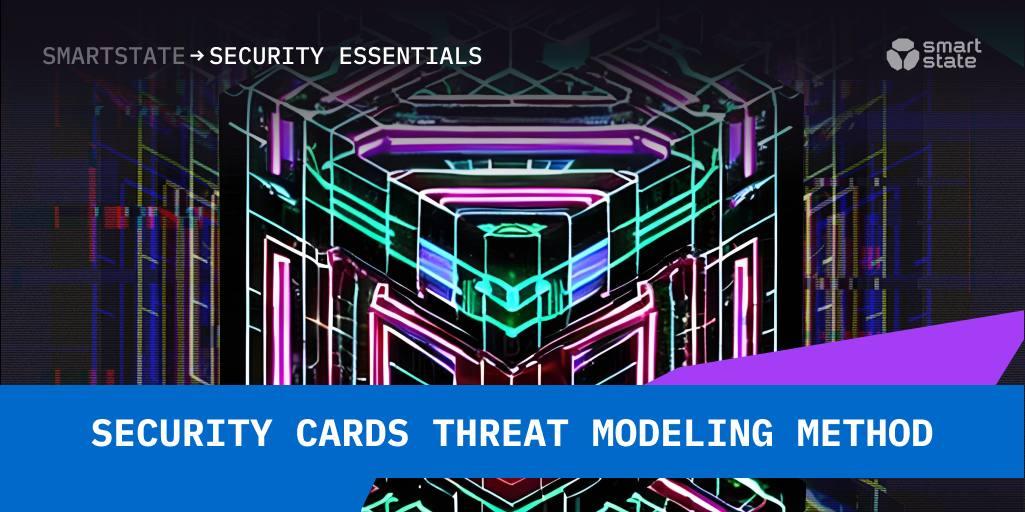Security Cards Threat Modeling Method
The Security cards method uses a 'deck' of 42 cards to identify unusual and complex attacks. It is based on brainstorming and creativity, unlike other threat modeling approaches, and was developed to help security teams with studying specific attacks and increasing their knowledge about threats and threat modeling. Cards help to find answers to the questions about future attacks, presumable attackers, their motivation, target systems and the way an attack might be carried out. The deck is used as a kind of a board game to simulate an attack and consider possible responses. The method is very effective in identifying out-of-the-box strategies, which usually remain unrevealed by common threat modeling methods, and help to introduce innovative, wide-ranging perspectives into the threat modeling process.
Cards description
Each card in the 42-card deck contains one of four threat identification activities, questions to speculate over and several examples. The TDA are the following:
- Human Impact (9 cards). It describes the impact which real people may suffer as a result of a successful attack and includes the biosphere, emotional well-being, physical well-being, societal well-being, financial well-being, personal data, relationships and unusual impacts.
- Adversary's Motivations (13 cards). It is the 'intent' characteristic of a threat and includes access/convenience, curiosity/boredom, desire/obsession, diplomacy/warfare, malice/revenge, money, politics, protection, religion, self-promotion, world view and unusual motivations.
- Adversary's Resources (11 cards). It represents infrastructure available to the adversary which can be used to facilitate an attack, and includes expertise, future world circumstances, impunity, inside capabilities, inside knowledge, money, power and influence, time, tools and unusual resources.
- Adversary's Methods (9 cards). It helps to consider capabilities or text transfer protocols which an attacker may use to conduct their attack. It includes an attack cover-up, an indirect attack, manipulation or coercion, a multi-phase attack, a physical attack, a technological attack, processes and unusual methods.
How is the method used?
First of all the cards should be distributed (it can be carried out before or during the process). After looking through each one, security team members choose two or more cards and, depending on the activity which the card represents, analyze them and discuss if the random combos can make up a realistic attack scenario. Then, the potential threats to the system are measured, the ways how the system can be attacked, who could cause a threat and the purpose of the threat are evaluated. This is the stage when a lot of brainstorming comes about.

